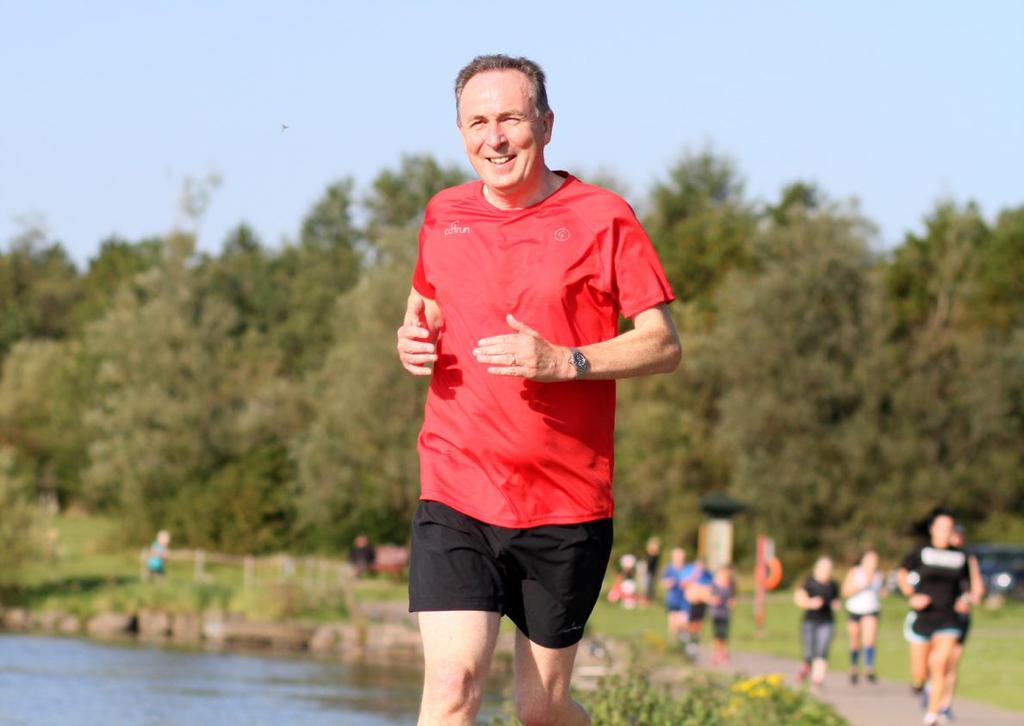This January people everywhere will be heading to the gym or local park intent on keeping their New Year’s Resolution to get active.
Unfortunately, perhaps having found jogging or hitting the exercise bike uninspiring, many will find their enthusiasm waning and ultimately give up.
Wouldn’t it be great if everyone had available to them a local network of sporting opportunities, all with an aim of getting people active in an inclusive and accessible way?
When the London Olympics and Paralympics took place in 2012, to offset its £8.8bn price tag, the Government committed to ensuring a lasting legacy that would see more adults becoming involved in sports and active lifestyles.
The Olympics would act as one big New Year for the nation, inspiring people to get on the starting blocks towards a healthier lifestyle.
This, however, didn’t happen. It wasn’t just a false start, it didn’t start at all.
The recent Public Accounts Committee (PAC) ‘Participation in Grassroots Sport’ report reveals that, in the three years following 2012, not only did the number of adults participating in sport at least once a week not increase, it actually dropped.
What went wrong?
The report found that the Department for Culture, Media and Sport (DCMS) and Sport England lacked a “compelling vision” on grassroots sport.
There is a sense it was assumed an event as prestigious and galvanising as the Olympics would naturally translate into a national clamour for sports.
But, as the report states, “elite sports success doesn’t necessarily inspire activity at a grassroots level.”
There has been plenty of money put into supporting grassroots sports but, unbelievably, Sport England has no idea where all-but £450m of the £1.5bn given out in grants in the five years starting 2016-17 has gone, owing to it not tracking grants given to national organisations. There is no way of assessing whether this money gets spent in the areas that need it most.
In 2015 Sport England refocused, launching community-based initiatives to encourage those who are least active to take part.
Initial results proved positive and inactivity levels reduced faster in areas with a community pilot. However, this did not translate into wider gains and the schemes were then stymied by the pandemic, during which the percentage of adults who were active fell to the lowest level on record.
Pleasingly, the report notes that Sport England’s new strategy seeks to understand how community initiatives can influence national change and I look forward to hearing some concrete ideas around this.
I think looking again at this approach would go some way to addressing two of the report’s other major findings; that the DCMS doesn’t effectively partner with other organisations and that, although Sport England understands the main barriers to participation (motivation, confidence and opportunity), it hasn’t come up with a plan to activate the most inactive groups.
The PAC has challenged Sport England to do better through its recommendations and I look forward to hearing a revised gameplan this summer.
I believe that there are good practice examples out there which should be built on – primarily the parkrun phenomenon.
As a keen parkrunner myself (and Chair of the Parkrun APPG), I have seen parkrun support people from all walks of life into getting more active and also felt the benefits myself.
At a 2020 meeting of the Parkrun APPG we heard from Professor Steve Haake, director of the Advanced Wellbeing Research Centre at Sheffield Hallam University. Professor Haake was working with parkrun to understand its impact on reducing health inequalities. We saw strong data on parkrun’s ability to reach those in deprived areas and those least likely to engage in physical activity.
The whole ethos of parkrun is to provide a regular, free, welcoming and encouraging environment with a community that motivates each other, giving non-runners the confidence to take part in a sporting opportunity on their doorstep. And it works.
Coming up with a mix of similar affordable, local and inclusive events could hold the answer to helping more people sustain their activity into February and beyond.
The 2012 Olympics saw a great medal haul for the UK and boosted the east London economy, but we need to work much harder to boost sporting activity./ENDS


